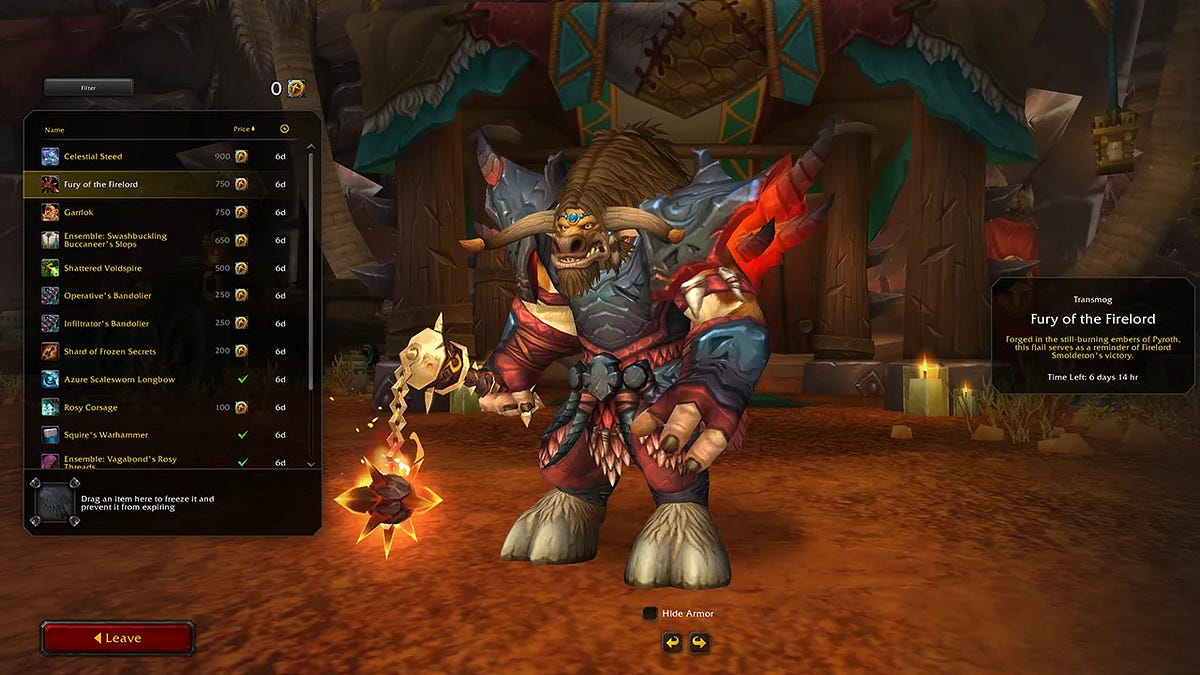Research Summary
The article discusses the pros and cons of having a player-driven secondary market within a closed-loop economy in games. The author contrasts games that disable secondary trading, where developers generate 100% gross revenue from each purchase, with those that enable secondary trading, where developers generate 5-10% gross revenue from each purchase. The author suggests that while disabling secondary markets allows developers to have full control over the reward progression curve, pricing, and monetization, enabling secondary markets could potentially result in higher long-term value as players might spend more time and money within the immersive player-driven economy.
Actionable Insights
- Assess Monetization Strategies: Game developers should consider the trade-offs between disabling and enabling secondary markets. While the former allows for full control over the game’s economy and potentially higher gross revenue per transaction, the latter could lead to a more immersive player-driven economy and potentially higher long-term value.
- Monitor Player Behavior: Developers should pay attention to how players interact within the game’s economy. Understanding player behavior can help optimize the reward progression curve and item pricing, which can in turn affect player retention and spending.
- Consider the Impact of Secondary Markets: Developers should consider the implications of secondary markets on the game’s economy. While they might generate lower gross revenue per transaction, they could potentially lead to higher spending per player as trading becomes its own game of social interactions and collaborations.












